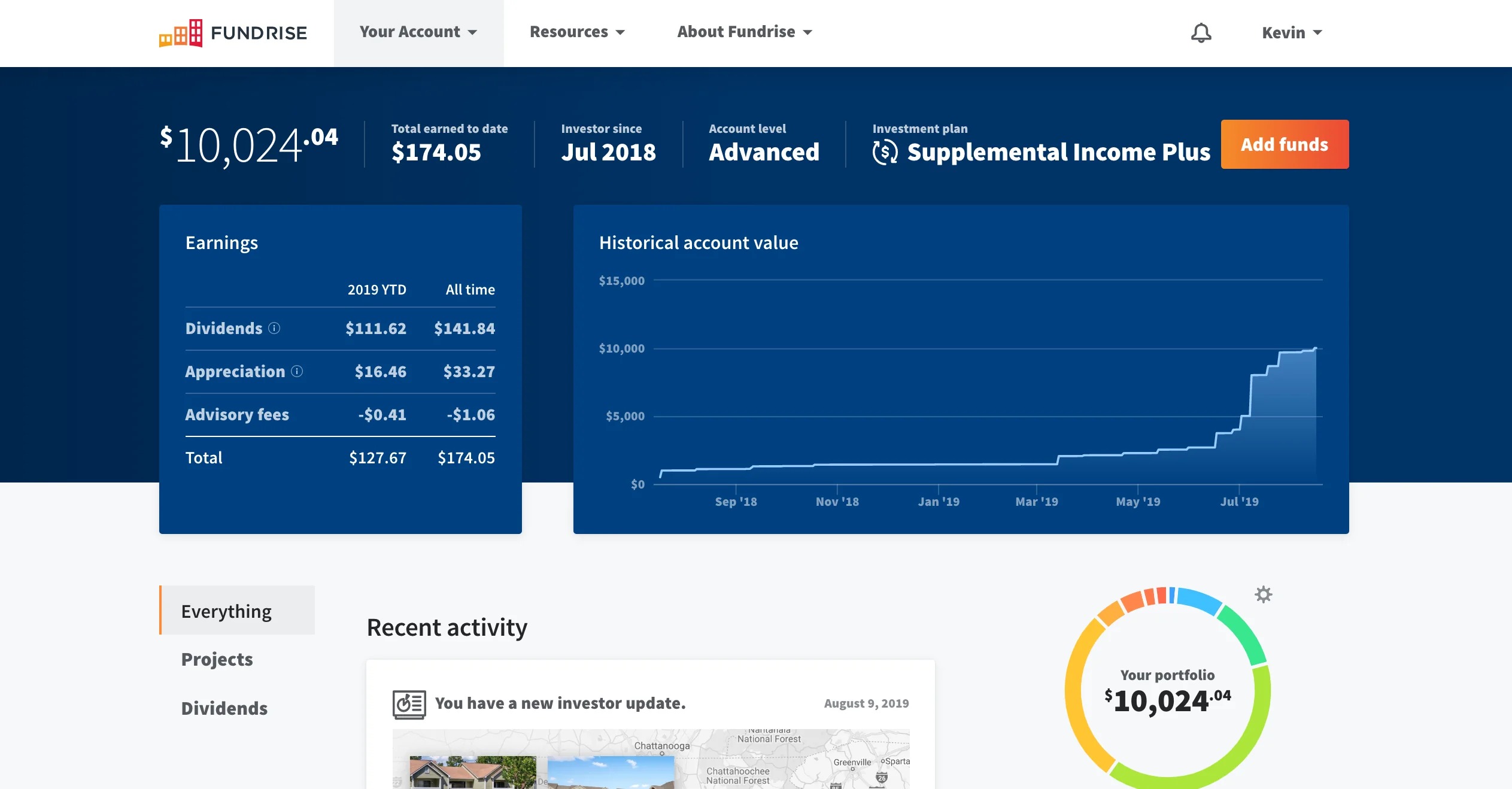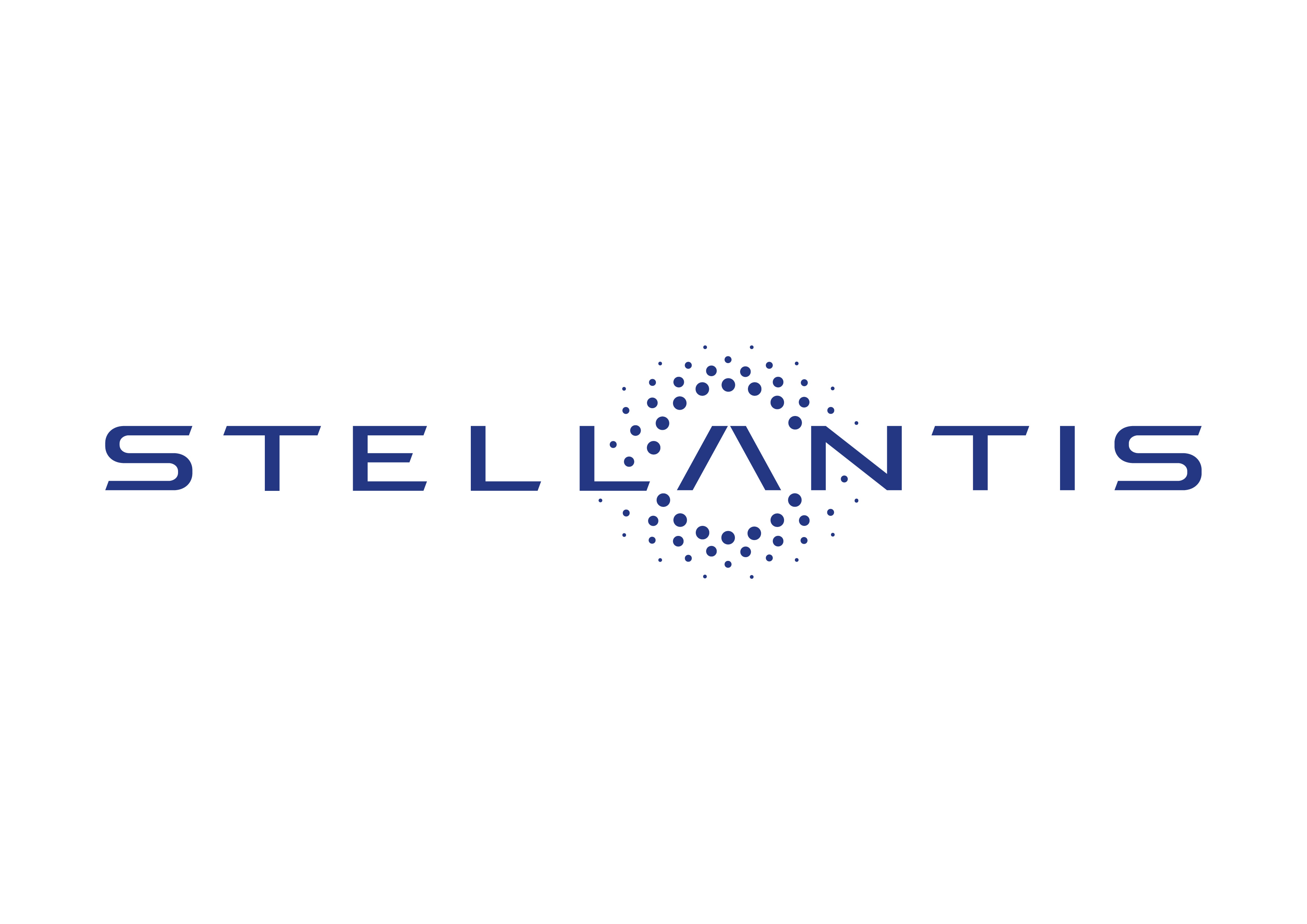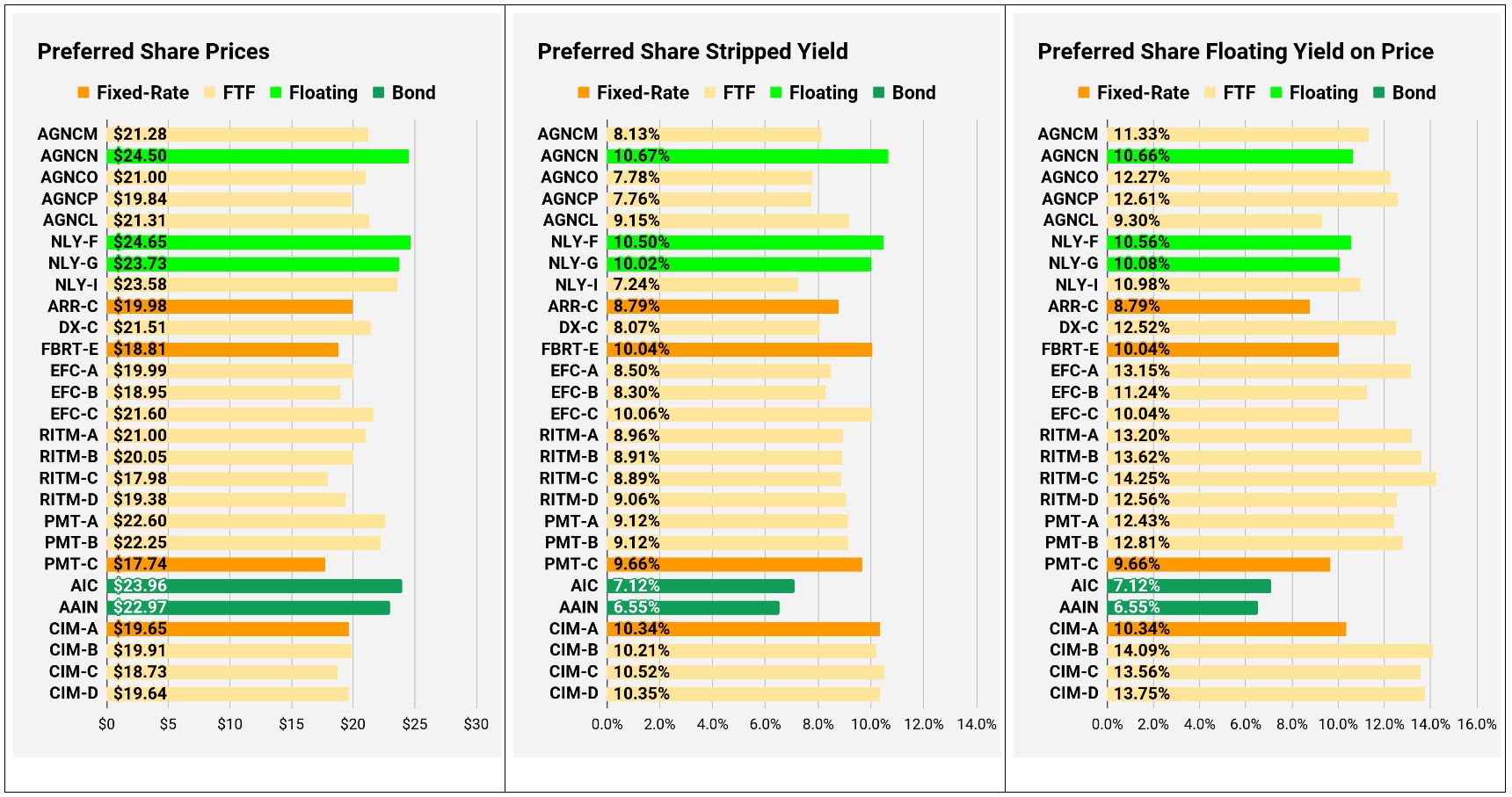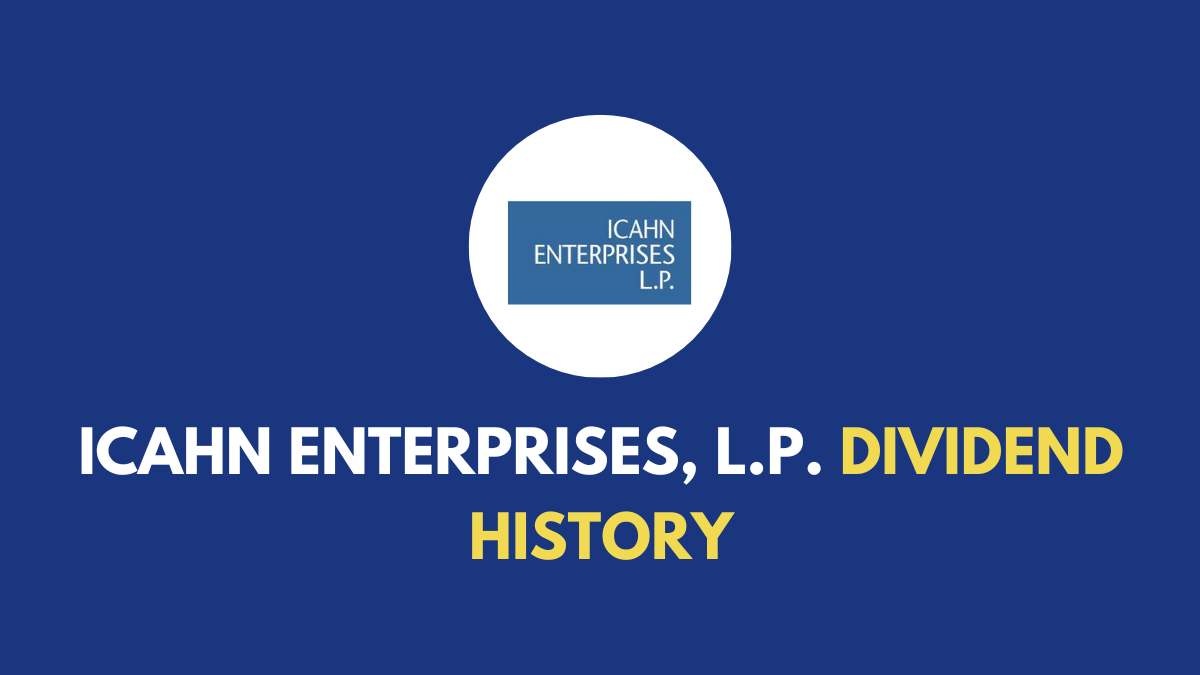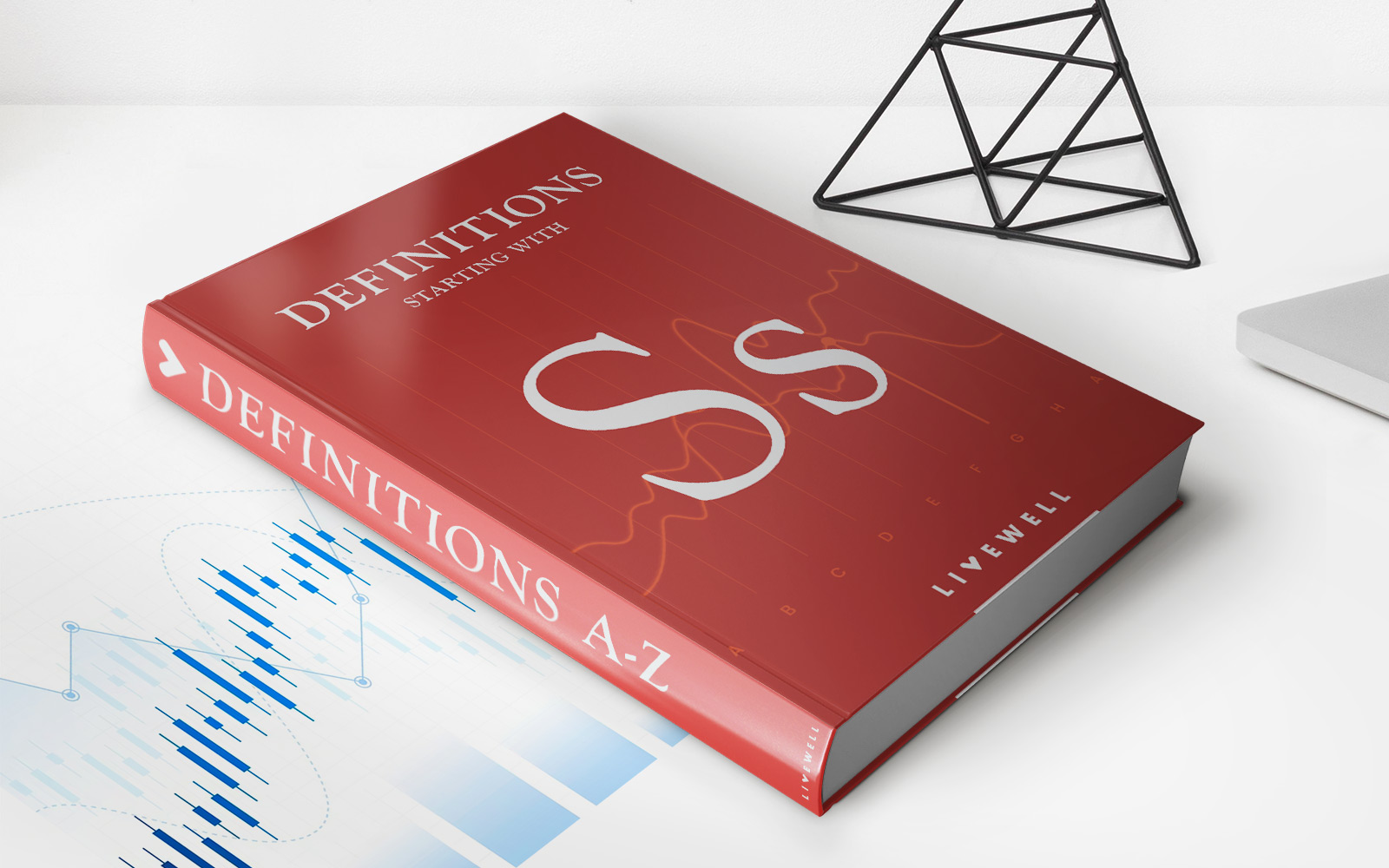

Finance
How Often Does IVR Pay Dividends?
Published: January 3, 2024
If you're in finance, you may wonder how often IVR pays dividends. Discover the frequency and benefits of investing in IVR dividends.
(Many of the links in this article redirect to a specific reviewed product. Your purchase of these products through affiliate links helps to generate commission for LiveWell, at no extra cost. Learn more)
Table of Contents
Introduction
In today’s fast-paced financial landscape, investors are constantly seeking new opportunities to maximize their returns. One avenue that has gained significant attention in recent years is Interactive Voice Response (IVR) technology. IVR has emerged as a powerful tool in the finance industry, offering a wide range of benefits to both companies and investors alike.
But what exactly is IVR? IVR is a technology that allows users to interact with a computer system via telephone or voice commands. It has become prevalent in the financial sector, where it is utilized for various purposes, including customer support, account management, and even dividend payouts.
In this article, we will explore the potential benefits of IVR in relation to dividend payments. We will delve into the factors that affect IVR dividend payoffs, and examine case studies of both successful and failed dividend implementations using IVR. Furthermore, we will provide best practices for implementing IVR effectively.
As an investor, understanding how often IVR pays dividends can provide valuable insights and help inform your investment decisions. So, let’s dive in and explore the world of IVR and its impact on dividend payouts.
What is IVR?
Interactive Voice Response (IVR) is an automated technology that allows users to interact with a computer system using spoken commands or telephone keypads. It is widely used in various industries, including finance, telecommunications, healthcare, and customer service.
In the finance industry, IVR plays a crucial role in streamlining communication between companies and investors. It enables investors to access account information, make transactions, and even receive dividend payouts through a simple phone call.
The IVR system typically works by presenting callers with a series of pre-recorded menu options, which they can navigate using their telephone keypad or voice commands. These options can include account balance inquiries, transaction history, dividend payment information, and more. IVR eliminates the need for manual assistance, providing investors with instant access to essential financial information.
IVR in the context of dividend payments is particularly beneficial for both companies and investors. For companies, it automates the process of distributing dividends, reducing the administrative burden and improving overall efficiency. For investors, it offers a convenient and quick method to receive dividend payouts without the need for manual paperwork or visiting a branch.
IVR technology is continually advancing with the integration of artificial intelligence (AI) and natural language processing. This allows for more sophisticated and personalized interactions, enhancing the user experience and making IVR even more valuable in the finance industry.
In summary, IVR is a technology that empowers investors to interact with computer systems using voice commands or telephone keypads. It has become an essential tool in the finance industry, enabling companies to automate dividend payments and providing investors with a convenient and efficient means of accessing their financial information.
The Potential Benefits of IVR
Implementing IVR technology for dividend payments offers a multitude of benefits for both companies and investors. Let’s explore some of the key advantages:
- Convenience and Accessibility: IVR allows investors to access their dividend payment information at any time and from any location with a phone connection. The automated system eliminates the need for manual processing or visiting a physical branch, saving time and effort for both parties involved.
- Efficiency and Cost Savings: By automating the dividend payment process, IVR significantly reduces administrative tasks and associated costs. Companies can streamline their operations, allocate resources more effectively, and eliminate the need for manual paperwork and processing.
- Real-Time Information: IVR provides immediate access to up-to-date dividend payment details. Investors can obtain current account balances, transaction history, and dividend payment summaries without delays or the need to rely on other sources of information.
- Personalization: Advanced IVR systems can offer personalized interactions based on investor preferences and history. By analyzing past interactions and financial data, IVR can provide tailored dividend payment information and suggestions, enhancing the overall investor experience.
- Enhanced Security: IVR systems can incorporate robust security protocols to safeguard investor information. Companies can implement multi-factor authentication, voice recognition, and encryption techniques to protect sensitive data and prevent unauthorized access.
- Improved Customer Experience: IVR streamlines the dividend payment process, reducing waiting times and providing a seamless user experience. The system can guide investors through menu options, offer self-service functionalities, and resolve common inquiries, minimizing the need for human intervention.
Overall, IVR offers numerous benefits for companies and investors alike. It revolutionizes the dividend payment process, providing convenience, efficiency, real-time information, personalization, security, and an enhanced customer experience.
Factors Affecting IVR Dividend Payoffs
While IVR technology brings numerous benefits to dividend payments, several factors can impact the effectiveness and success of the IVR dividend payoff process. Understanding these factors is crucial for companies and investors to maximize the potential of IVR. Let’s explore the key considerations:
- System Reliability: The reliability of the IVR system is paramount for smooth dividend payoffs. Companies must ensure that their IVR infrastructure is robust and can handle high call volumes without glitches or downtime. Technical issues or system failures can disrupt dividend payments and lead to a poor investor experience.
- Customer Support: While IVR is designed to automate processes, there may be instances where investors require human assistance. It is essential for companies to have a reliable customer support team in place to handle complex inquiries, provide guidance, and resolve issues promptly. Proactive communication channels should be available for investors who encounter difficulties with the IVR system.
- Clear and Intuitive Menu Options: The IVR menu should be well-designed, with clear and easy-to-understand options. Complex or confusing menu structures can frustrate investors and lead to incorrect selections or incomplete tasks. A user-friendly IVR interface ensures smooth navigation and enhances the overall user experience.
- Data Accuracy and Integration: IVR systems rely on accurate and up-to-date data to provide investors with dividend payment information. Companies must ensure that their backend systems are integrated correctly with the IVR platform to ensure accurate data synchronization. Inaccurate or outdated information can lead to incorrect dividend calculations or delays in payment processing.
- Security and Privacy: Protecting investor data is crucial in IVR dividend payoffs. Companies must implement stringent security measures to safeguard sensitive information, such as personal identification numbers (PINs) or authentication data. Compliance with data privacy regulations and industry best practices is essential to maintain investor trust.
By considering these factors, companies can ensure a smooth and effective IVR dividend payoff process. Attention to system reliability, customer support, clear menu options, accurate data integration, and robust security enhances the overall investor experience and strengthens investor confidence in the IVR system.
Case Studies: Successful Dividend Payoffs with IVR
Several companies have successfully implemented IVR technology for dividend payments, resulting in streamlined processes, improved investor satisfaction, and enhanced operational efficiencies. Let’s explore two case studies that highlight the success of IVR dividend payoffs:
Case Study 1: Company XYZ
Company XYZ, a large financial institution, implemented IVR technology for dividend payments. By integrating their backend systems with the IVR platform, they provided investors with a seamless and convenient way to access their dividend information.
Investors could simply call a dedicated number, navigate through the IVR menu, and obtain real-time updates on their dividend payments. The IVR system also allowed investors to request dividend disbursements, track payment status, and receive electronic notifications. The user-friendly interface and clear menu options contributed to a positive investor experience.
As a result of the IVR implementation, Company XYZ observed a significant reduction in manual paperwork and administrative tasks. Dividend payment processing became more efficient, and investors could access their funds in a timely manner. The automated system also led to cost savings for the company, allowing them to allocate resources to other value-added initiatives.
Case Study 2: Company ABC
Company ABC, a publicly traded company, undertook an IVR dividend payout initiative to streamline their dividend distribution process. They implemented an IVR system that enabled investors to check their dividend eligibility, select payment options, and receive dividend payouts.
The IVR system integrated seamlessly with Company ABC’s internal systems, ensuring data accuracy and real-time updates. Investors could easily access their dividend information by following the IVR prompts, eliminating the need to contact customer support or visit a physical branch.
The IVR implementation proved to be a success for Company ABC. It significantly reduced the manual effort involved in dividend distribution, resulting in time and cost savings. Investors appreciated the convenience and accessibility of the IVR system, which led to increased investor satisfaction and loyalty.
These case studies demonstrate the effectiveness of IVR technology in facilitating successful dividend payoffs. By automating processes, providing real-time information, and enhancing investor experience, companies can achieve operational efficiencies and strengthen their relationships with investors.
Case Studies: Failed Dividend Payoffs with IVR
While IVR technology has proven to be successful in many cases, there have been instances where companies faced challenges and experienced failures in their dividend payout initiatives. Let’s examine two case studies that shed light on some of the issues encountered:
Case Study 1: Company DEF
Company DEF, a mid-sized investment firm, implemented an IVR system for dividend payments with the intention of improving efficiency and reducing costs. However, the implementation faced several obstacles that resulted in unsatisfactory dividend payoffs.
One of the main issues was a lack of clear and intuitive menu options in the IVR system. Investors had difficulty navigating through the menu, leading to incorrect selections and misinformation. This led to frustration and dissatisfaction among investors, impacting their experience and perception of the company.
Additionally, the IVR system experienced frequent technical glitches and system outages, causing disruptions in dividend payment processing. These issues resulted in delays in dividend disbursements and further dissatisfaction among investors. Company DEF struggled to resolve these technical problems promptly, which exacerbated the negative impact on investor trust.
Case Study 2: Company GHI
Company GHI, a multinational corporation, faced challenges in their IVR dividend payout initiative due to poor data integration and security concerns.
The IVR system was not integrated effectively with GHI’s backend systems, leading to inaccuracies in dividend calculations and payment processing. Investors received incorrect dividend amounts or experienced delays in receiving their payouts. This lack of data accuracy undermined investor trust and confidence in the IVR system and the company as a whole.
In addition, GHI experienced a data breach that compromised investor information. This security breach raised concerns about the adequacy of privacy measures and heightened investor apprehension about sharing sensitive data through the IVR system. The incident resulted in a loss of investor confidence and a tarnished reputation for the company.
These case studies highlight the challenges that can arise in IVR dividend payout initiatives. It emphasizes the importance of thorough planning, effective menu design, robust technical infrastructure, accurate data integration, and stringent security measures to ensure the success and reliability of IVR systems in facilitating dividend payments.
IVR Implementation Best Practices
Implementing IVR technology for dividend payments requires careful planning and execution to ensure an effective and successful implementation. Here are some best practices to consider:
- Thorough Planning: Before implementing IVR, conduct a comprehensive analysis of your company’s dividend payment process. Understand the specific requirements and objectives of the IVR implementation, and align them with the needs of your investors. A well-defined plan will set the foundation for a successful IVR implementation.
- User-Friendly Design: Design the IVR system with a clear and intuitive menu structure. Ensure that the options are concise, easy to understand, and logically organized. Consider user feedback and usability testing during the design phase to optimize the user experience.
- Accurate Data Integration: Integrate the IVR system with your backend systems to ensure accurate and up-to-date data synchronization. This will help provide investors with reliable and real-time account information, dividend payment details, and transaction history.
- Ensure Reliability and Scalability: Invest in a robust IVR infrastructure that can handle high call volumes, without experiencing downtime or technical glitches. Scalability is also important to accommodate future growth and increased investor demand.
- Robust Security Measures: Implement strong security protocols to protect investor data and ensure privacy. Use encryption techniques, multi-factor authentication, and regular security audits to safeguard sensitive information and maintain compliance with data privacy regulations.
- Effective Monitoring and Maintenance: Regularly monitor the IVR system to identify and address any issues promptly. Conduct routine maintenance to ensure optimal performance and to update menus, prompts, or options as needed. Stay proactive in keeping the IVR system up-to-date and aligned with the changing needs of the investors.
- Investor Support and Education: Provide clear and concise instructions to investors on how to use the IVR system for dividend payments. Offer support channels such as a dedicated helpline or online resources to answer investor inquiries and assist with any issues they may encounter.
By following these best practices, companies can maximize the potential of IVR technology in facilitating dividend payments. A well-designed and reliable IVR system, integrated with robust security measures and supported by proper monitoring and maintenance, will enhance the investor experience and improve operational efficiencies.
Conclusion
Interactive Voice Response (IVR) technology has become a game-changer in the finance industry, offering a wide range of benefits for companies and investors involved in dividend payments. IVR streamlines the dividend payment process, providing convenience, efficiency, real-time information, and personalized interactions.
Through successful IVR implementations, companies have been able to automate dividend distributions, reduce administrative burdens, and enhance operational efficiencies. Investors, on the other hand, enjoy the convenience of accessing their dividend payment information at any time and from anywhere via a simple phone call.
However, the success of IVR dividend payoffs depends on various factors, such as system reliability, clear menu options, accurate data integration, robust security measures, and proactive customer support. By considering these factors and following best practices, companies can ensure a smooth IVR implementation and deliver a positive investor experience.
It is important for companies to learn from both successful and failed case studies in order to implement IVR effectively. Clear menu options, accurate information, and prompt customer support are crucial in providing a seamless IVR experience for investors. Additionally, companies must maintain the reliability and scalability of their IVR systems and prioritize the security and privacy of investor data.
In conclusion, IVR technology has emerged as a powerful tool in dividend payments, enhancing convenience, efficiency, and investor satisfaction. By embracing IVR and adhering to best practices, companies can streamline their dividend payout processes, optimize operational efficiencies, and strengthen their relationships with investors.

